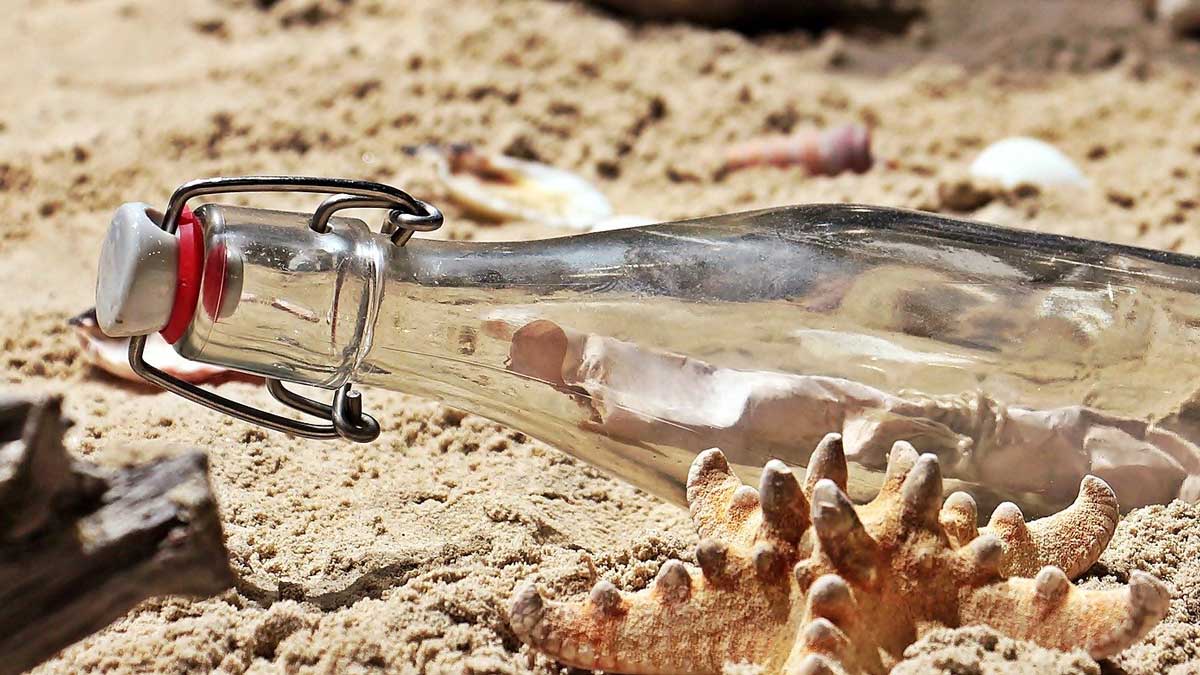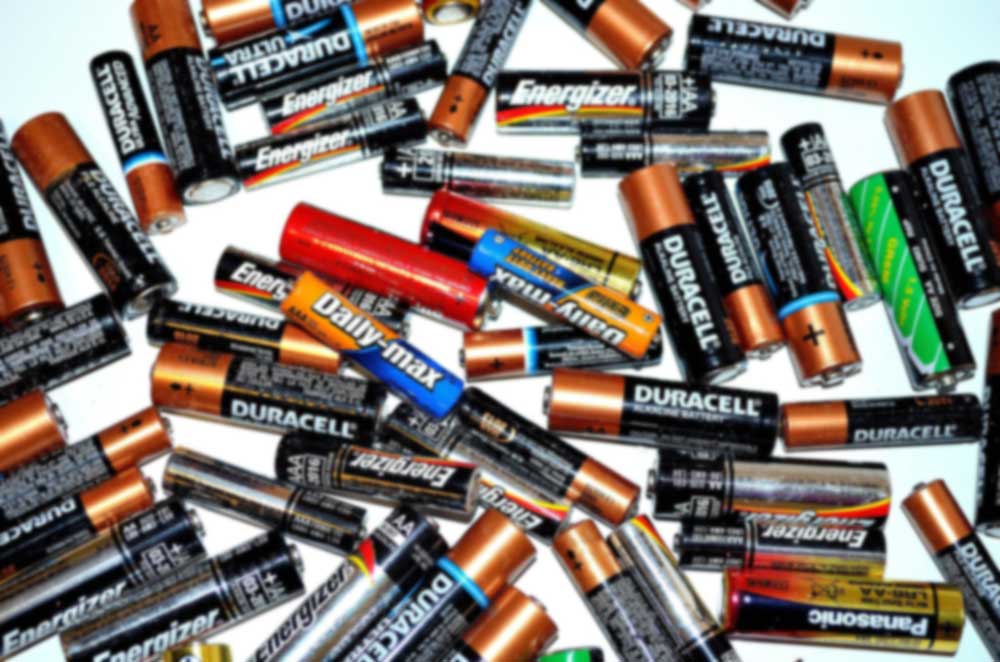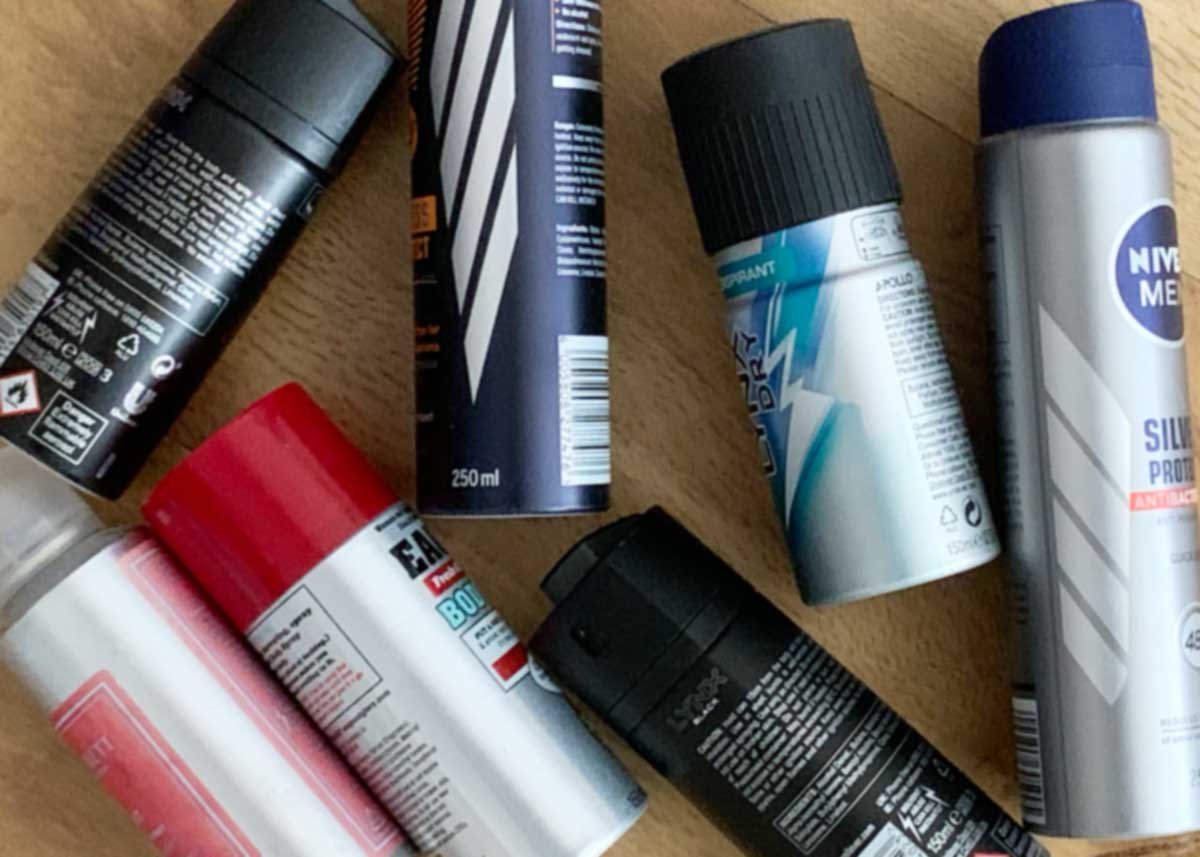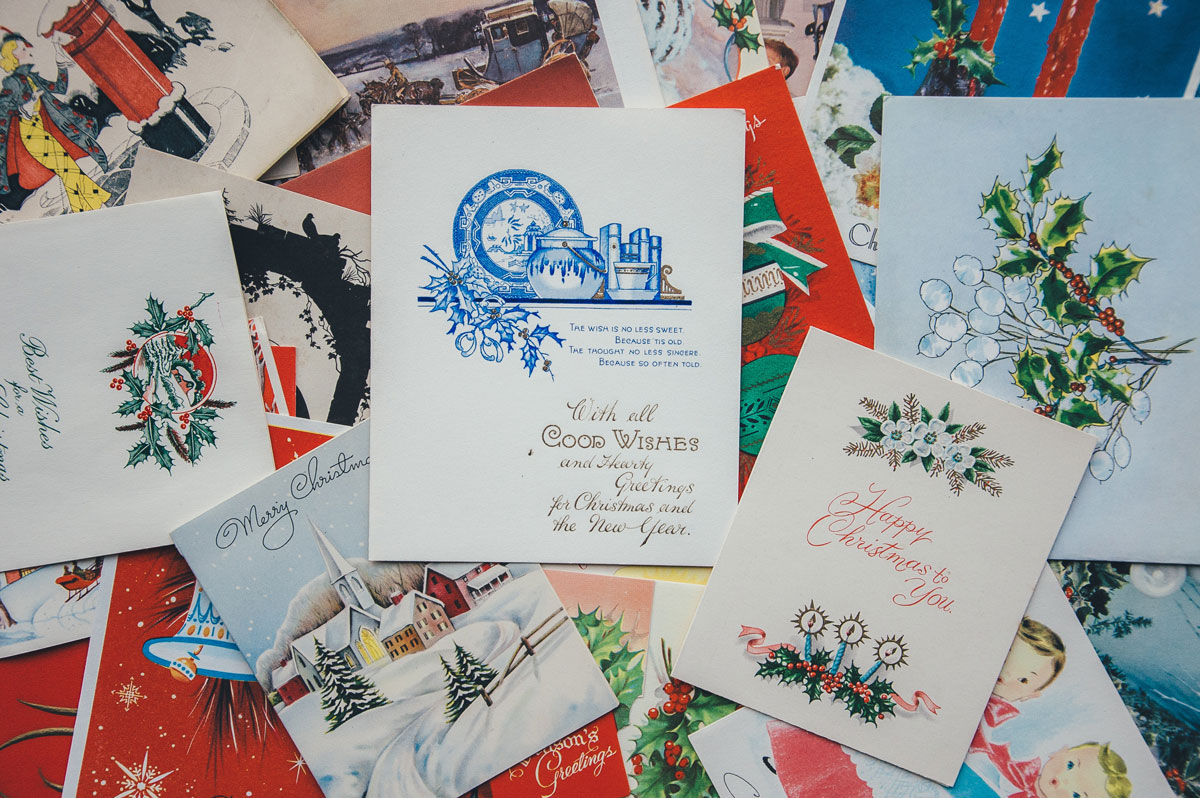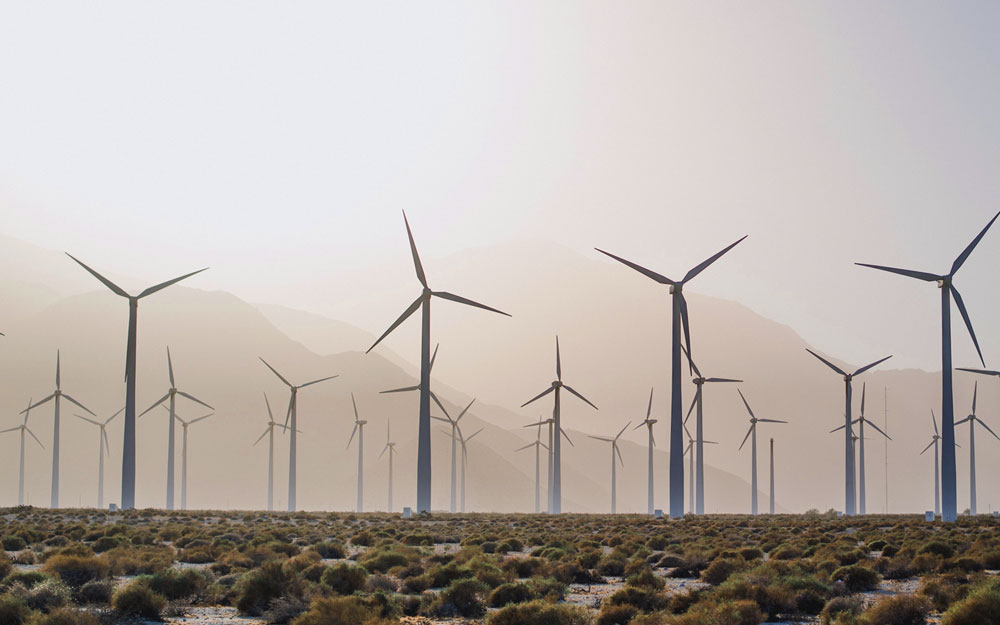Starting the journey to a zero plastic life can seem daunting at first. When you start to look around and realise exactly how much plastic is in your life, the whole thing can seem very overwhelming. But don’t fear! No one expects you to change everything overnight and it is easy enough to make small changes over a longer period of time.
Step 1 – Use your existing products up
Use up all the toiletries, cosmetics and cleaning products you have which come in plastic bottles or packaging. This may seem counter-intuitive as you want to reduce the plastic, but throwing things away before they are finished, or leaving them unused is wasteful and adds to the waste cycle.
If you have too much of something and are keen to start using eco-friendly products instead then perhaps regifting is the answer. Give it to a friend. Donate it to a local school for their tombola. Donate it to a food bank – Items such as bubble bath, shower gel, hand soap, shampoo etc are sought after products and often overlooked when it comes to donating. There are other organisations who can make use of these products; homeless shelter and care homes are also often in need of toiletries for their residents. By donating, you are saving them the expense meaning that they can divert funds elsewhere. Makeup is slightly harder, but along the way, I have found that there are some women’s shelters who will take makeup, the kind of thing you’d give to a friend, a lipstick you’ve worn once, nail varnish that just isn’t your shade, that kind of thing.
Step 2 – Dispose of the plastic ethically or repurpose
Recycle or repurpose those empty bottles.
How you handle the empty plastic bottles and wrappers is even more important. A lot of plastic bottles can simply by washed out and put in your kerbside recycle – check the back of the bottle (see the symbols article for more info). But do check before you simply throw them in curb-side as often the pumps, sprays and lids are made of a different plastic and cannot be recycled through kerbside. If this is the case, check out the Terracycle website to see if they can be recycled through one of their schemes.
Failing that, why not reuse? Once the bottles have been cleaned thoroughly, you can use them for other items. Some ideas: Refill stations – find you local refill station and take your bottle there. Often these refill stations sell bottles for you to use, but they certainly won’t frown upon you turning up with your own, they’ll encourage it in fact. Going on holiday/Travel for work – smaller bottles can be used to decant your favourite products into. No need to buy “travel size” bottles (which often cost as much if not more than regular-sized bottles). Stay at a friend/partners house? Why not decant some of your favourite products into a second bottle. No need to drag these backwards and forwards, use these empty bottles to separate out your favourite products. Use for other products – Splosh is a great brand that makes cleaning products such as washing up liquid in concentrate form. Add water and its ready. Why not use your empty moisturiser bottles, you know the one with the really good pump action for your washing up liquid. Ocean Saver is another which sell water-soluble cleaning products, pop the pod in the bottle, add warm water, shake and you’re ready to go. Craft projects – when is as a kid my mum would save up all the old cosmetics bottles for us to make castles and cars out of. Each school holiday we would be presented with a bag of “rubbish” aka craft stuff (what we’d now call recycling) and be challenged to make the most creative sculpture or house or animal. Make sure the items are clean first, but honestly I was making pencil cases out of milk bottles way before it became a thing on Etsy.
Step 3 – Sourcing your alternatives Find an alternative product.
There is an eco friendly plastic free alternative to almost every toiletry, cosmetic and cleaning product going. Once you start looking you’ll be amazed at what eco-minded people have made.
Solid shampoos and conditionersToothbrushes made of bamboo or charcoalShower gel made of jelly
You name it you’ll find an alternative if you look hard enough. Watch out for the price tag though, some of these can be a bit pricy and if you are just starting your journey it might be better to stick to some of the cheaper brands until you know what you do and don’t like.Another good piece of advice is shop around and try different brands.
And often looking backwards is a good place to start.
Back in the day, before plastic became the norm; meat used to be wrapped at the butcher in waxed paper, we didn’t have anti-bacterial wipes for the kitchen – cloths were used, soap bars were used to wash everything – people didn’t have three different types of shower gel, bubble bath and moisturising face wash, soap was the thing. You had your won shopping bags which you took to the shop. Simpler times.
Step 4 – Try them all!
Lush do great shampoo bars, but so do many. many many other companies. Many of whom are small independents and would really appreciate your support.
Don’t get put off if the first one you try isn’t for you. Like any product you’ll have to try a few before you find one you like. You might find that a solid shampoo bar isn’t for you but heading to a refill station is. Any change you make that reduces your consumption of single use plastic is good.
Step 5 – Spread the word!
I am not talking about preaching or “ramming it down peoples throats” but choosing to give eco-friendly gifts for birthdays and Christmas can often be a good way to show people that there are alternatives out there.
No one is too small to make a difference – Greta Thunberg
Don’t be too hard on yourself. Sometimes it is hard to find an alternative, but making educated decisions is just as good.
There is one body wash in particular that I cannot live without and it comes only in a plastic bottle. The good news is that this shower gel is Vegan, the bottle is totally recyclable (no need to separate the top from the bottle), it is 99% biodegradable and 93% of the ingredients are from natural origin and have limiting processing. So although it’s still in a plastic bottle, I feel much better buying this one that a competitor.
It is also worth noting that it is almost impossible to live a plastic-free life in the twenty-first century. Plastic can be a very valuable resource, in fact, it has revolutionised the medical industry and saved countless lives. The problem is “single-use plastics”. Don’t feel bad about an item just because it contains plastic, I recently donated some plastic toys (which were already second hand when I was given them) to a children’s charity, twenty-odd years after I finished using them. The problem is how we have embraced single-use plastics and the lack of methods we’ve developed for recycling them.
